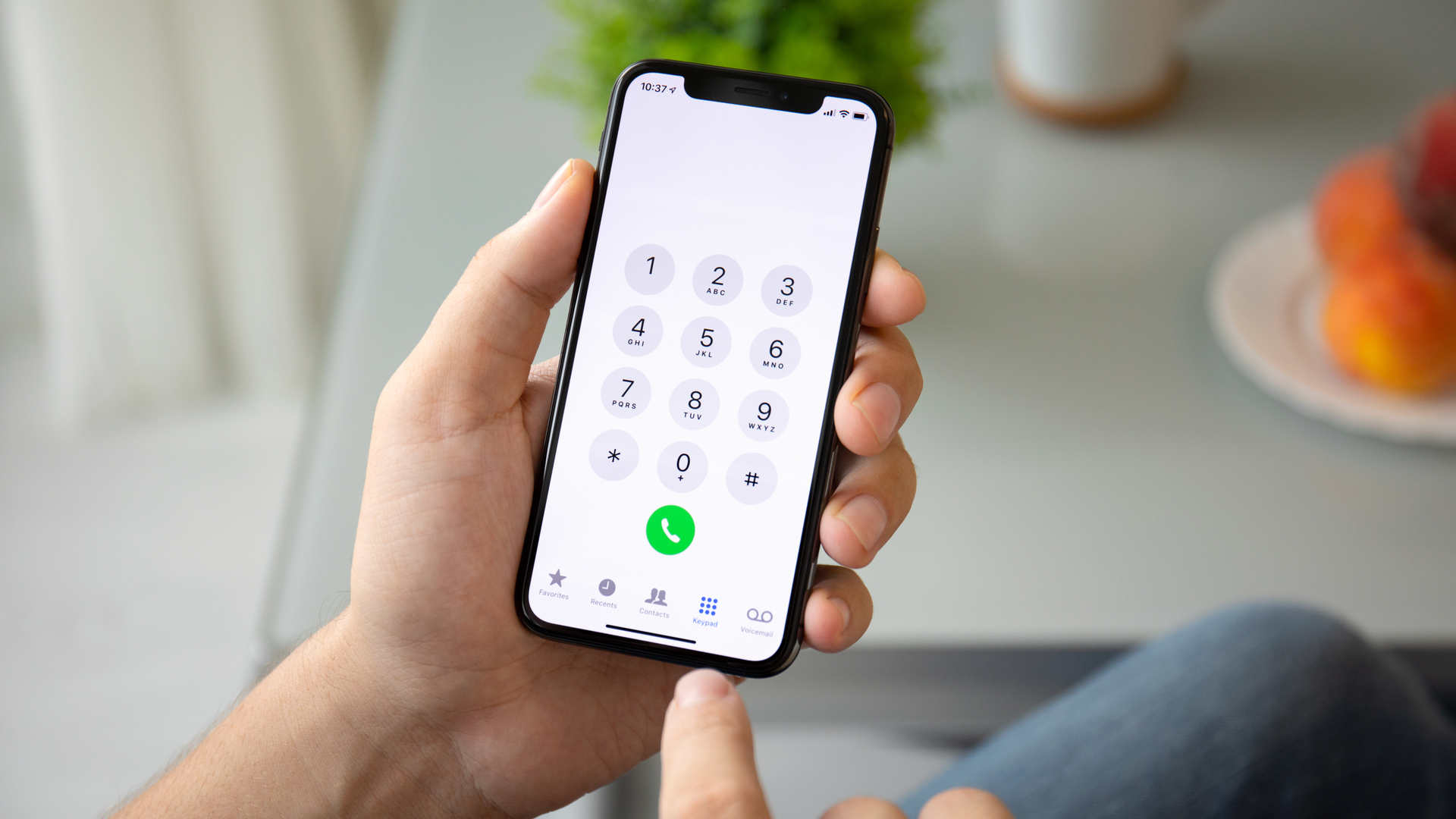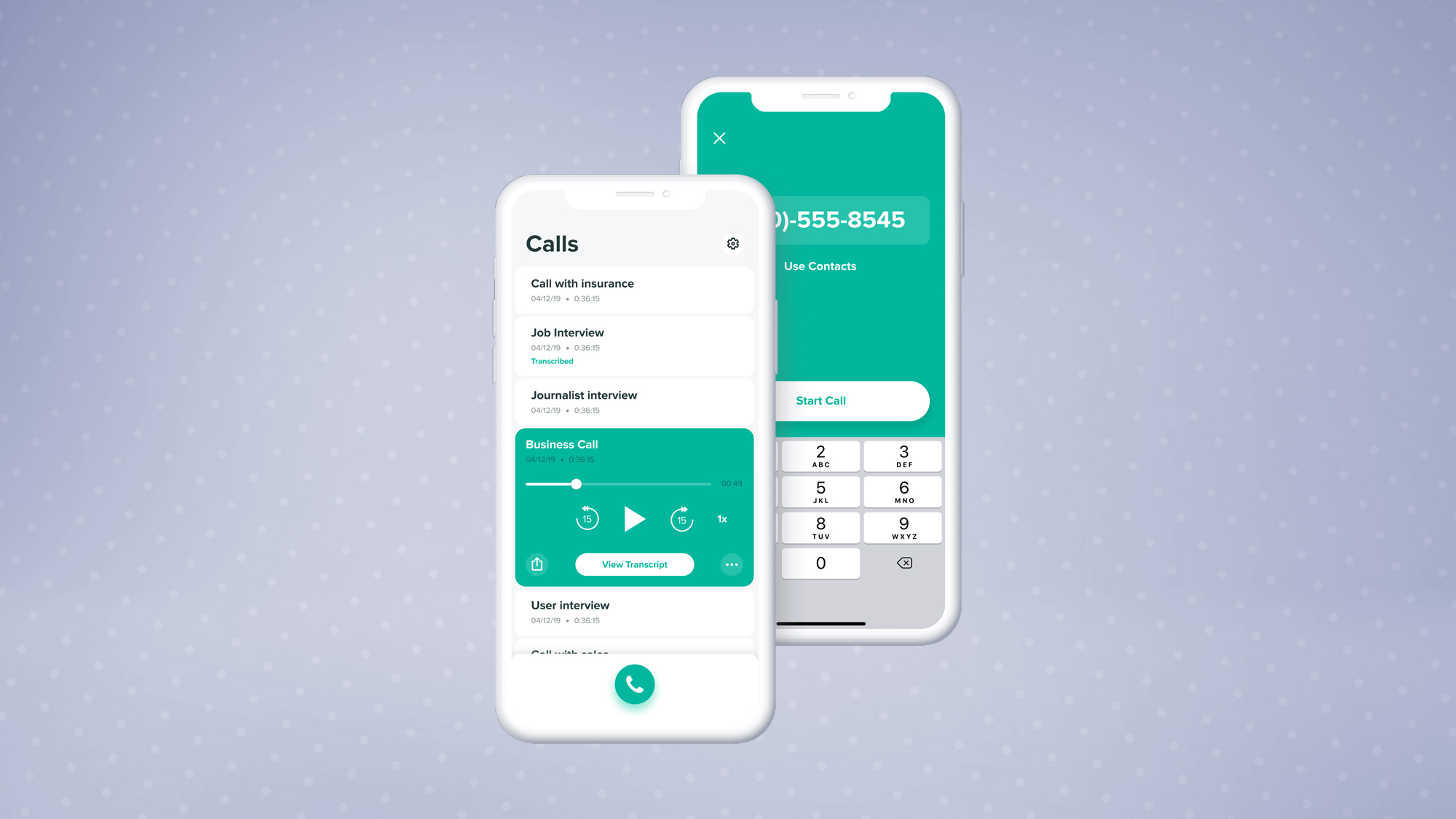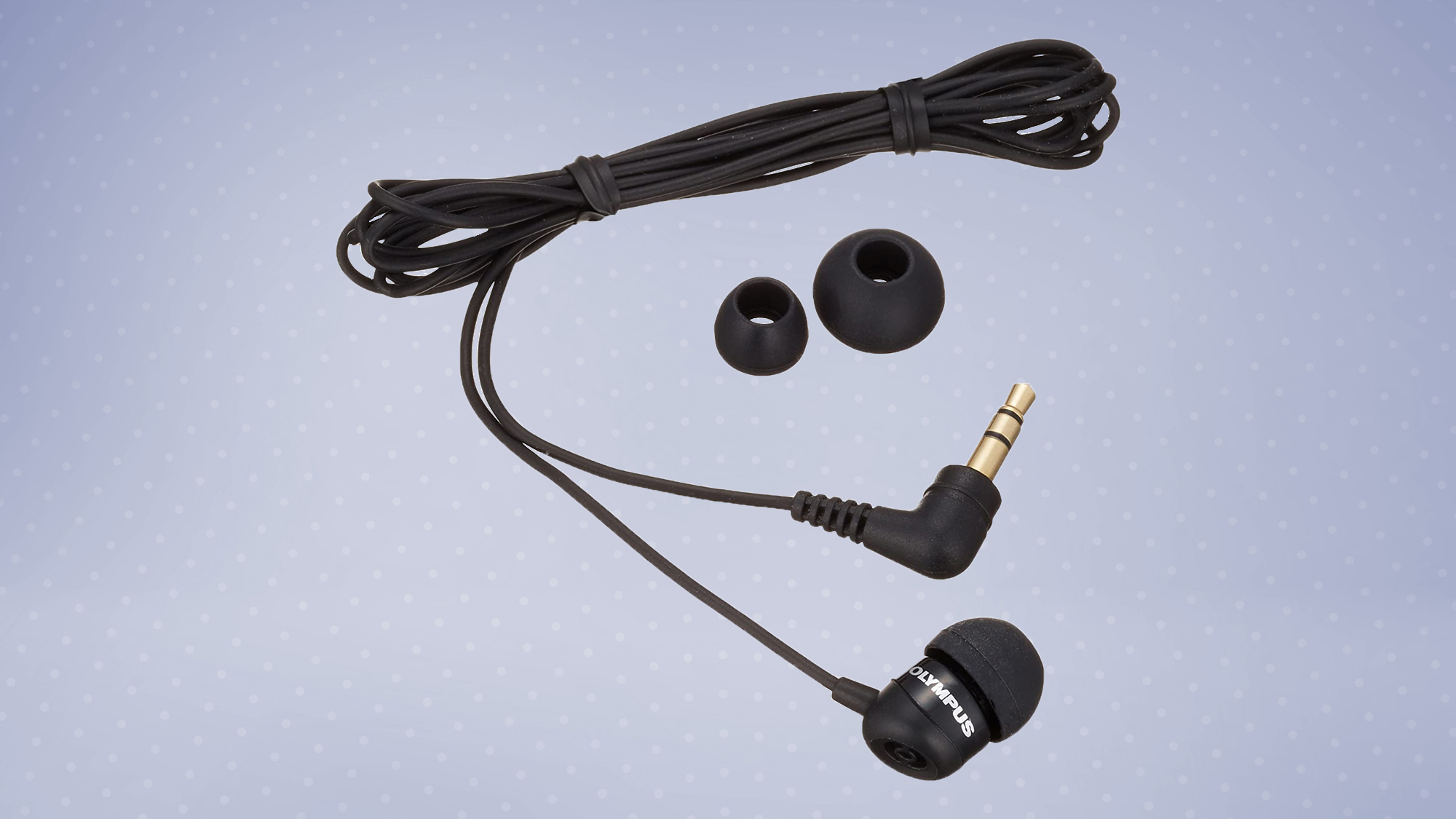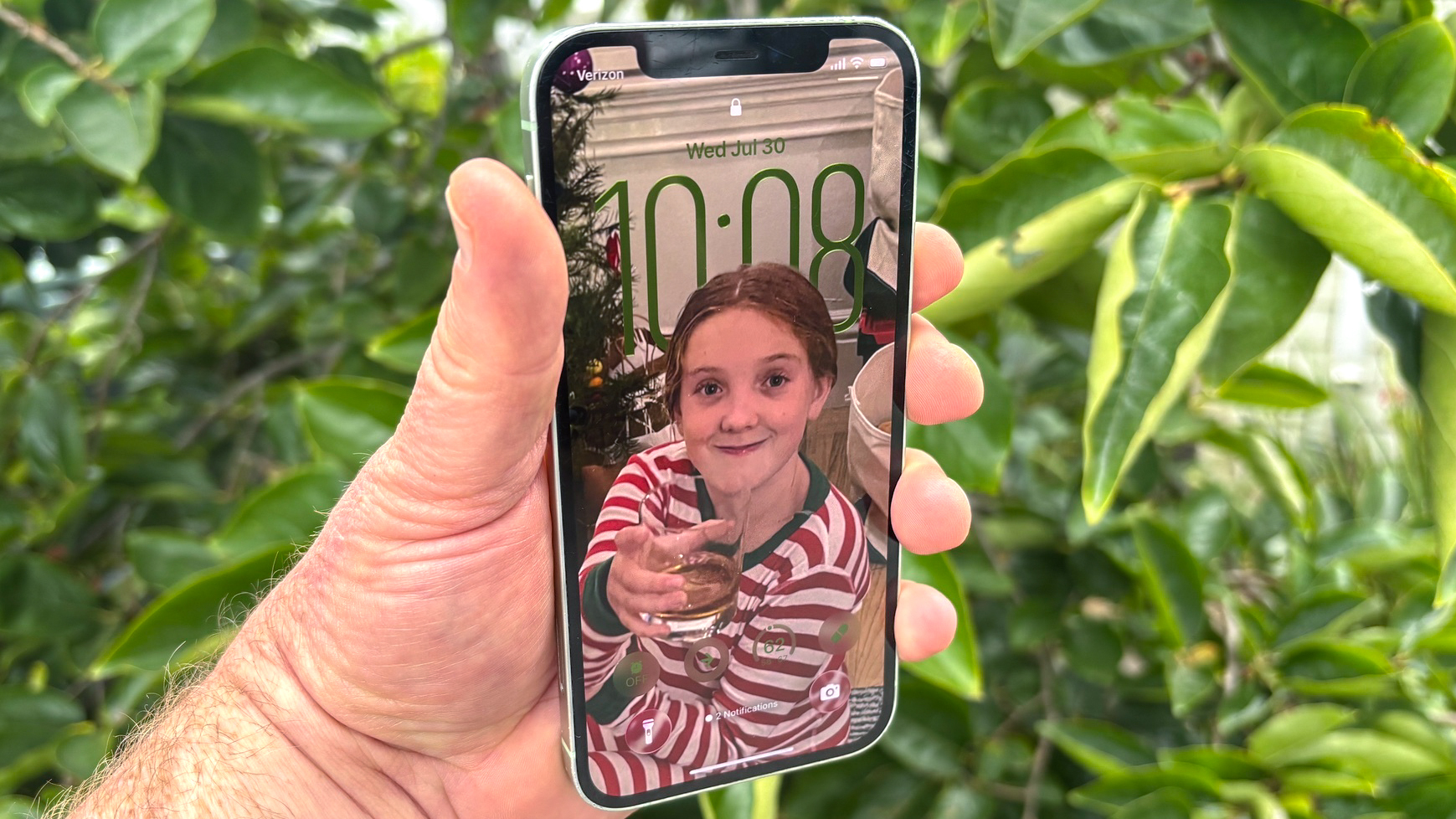How to record phone calls on an iPhone
Recording iPhone phone calls can be easy with one of these methods — just check it's legal where you are first

Knowing how to record phone calls on an iPhone can come in handy, whether you're recording an interview, a customer service call or just a conversation with a loved one. But it's not a capability that Apple includes with its iPhone.
Packed as iOS 16 may be with features, call recording isn't one of them. But you're not totally out of luck, as there are multiple options for recording a phone call from an iPhone — and a couple of them won't cost you a dime.
Before we give you the rundown on what you can use to record a phone call on the iPhone, it's best to make sure you're legally allowed to record your conversation. Depending on where you live, the laws concerning recording conversations differs.
In most U.S. states, "one-party" rules apply, where as long as one person involved is aware of the recording (in this case you), then you're fine to hit the record button. However, it's good manners to let the person on the other end of the line know that they're being recorded.
In 11 U.S. states — California, Delaware, Florida, Illinois, Maryland, Massachusetts, Montana, Nevada, New Hampshire, Pennsylvania and Washington — two-party consent rules apply. That means both participants have to agree to be recorded. In Connecticut, all parties must be made aware of electronic recordings, with certain exceptions.
If you're in the U.K., you are allowed to make recordings for personal use only without disclosing the fact you're doing so to the other callers. Sharing or publishing the data without permission is not permitted, however.
No matter where you live, informing the other caller(s) of what you're doing is always going to be the best decision. If you're not in the U.S. or U.K. then you should check the law of where you are before you start.
Get instant access to breaking news, the hottest reviews, great deals and helpful tips.
How to record phone calls on an iPhone
You've got a three different choices when it comes to recording a phone call on an iPhone – use a third-party recording app, turn to Google Voice and its built-in recording feature or pay for a recording service. Let's go through the pros and cons of each approach.
Apps for recording iPhone calls
You may think that "there's an app for that" to fill in the ability to record iPhone calls. But it's not quite that simple, as Apple blocks apps from accessing the Phone app. Still, there are options like our favorite choice, Rev Call Recorder.
Rev Call Recording merges both your line and the person on the other end of the call with a third line that's then recorded. The app is free to use, with no time limit on how much you can record. The only charge comes if you want a transcript of your phone call for $1.50 per minute.
There's one other limitation with Rev Call Recorder. It only works with U.S. numbers starting with +1. If you live outside the U.S., you'll need to look elsewhere.

That said, there are plenty of other well-reviewed apps to choose from if you simply search the App Store. Just be aware that most will require some kind of in-app purchase if you want to use their full feature sets.
Other App Store options include:
- TapeACall Pro: This app is best if you find yourself needing to record calls on a regular basis. While there's a free 7-day trial , you'll need to sign up for a $9.99/month subscription for unlimited calls, storage and transcripts.
- NoNotes: The NoNotes app offers 20 minutes of free call recording each month, but go over that limit, and it's $11.99/month for unlimited call recording and auto-transcription, file archiving and sharing.
Google Voice for recording iPhone calls
The easy-to-use Google Voice service offers you a number you can access on your iPhone as well as other devices, but is also a limited method of recording any calls you receive.

After setting up your Google Voice account, go to Settings, then Calls and Incoming call options. Here, you can enable a toggle switch that lets you turn recording on and off by pressing the 4 key on your iPhone's number pad during calls. The recording gets forwarded to your email after you're done, or can be found among your voicemails in the app.
The major limitation with Google Voice's call recording is that the service only records inbound calls. You can't record any calls that you make. When recording, an automated voice will announce that the call is being recorded, so that will address any consent concerns.
One handy bonus feature is Voice's voicemail transcription service. If you happen to miss a call but need to keep a record of it, you can get a text version or the audio version without a fuss.
Recording services for iPhone calls
If you don't want to use an app, for example because you also record regularly from landline numbers, then you can set up a separate service such as RecordiaPro or Recordator.
Both offer pay-as-you-go packages depending on how long you plan to record for — RecordiaPro starts at $29.99/month while Recordator costs $10 for 67 minutes of recording. Both let you dial a number, either before a call or during, to add a recording participant to your calls. When you're done, you log into the respective online services to access your recordings, with the option to request transcription if you wish.
External recording methods for iPhone calls
If you're unimpressed with the software methods, then now's the time to resort to something clunkier, but possibly more reliable: separate hardware.
If you aren't fussed about quality, you can just put your phone on loudspeaker then switch on another device to record it. You can probably do this already, assuming you own more gadgets than just your iPhone. A quiet space to set this up is a must, though, unless you want external noise covering up your conversation in the playback.

If you don't mind spending a little more, you could invest in an in-ear microphone, such as the Olympus TP8 telephone pick-up microphone that I personally use. It plugs into the microphone port of your computer or a dictaphone, and lets you hold the phone to your ear normally while recording everything you and the other callers say.
More iPhone tips and tricks
Now you know how to record phone calls on an iPhone, check out how this hidden feature will change the way you use your iPhone or our guide to all the new iOS 16 features. That includes how to control nearby devices on your iPhone.
If you're a frequent user of video calls, take a look at how to stand out and look your best on video calls. If you also dabble in filming videos why not learn how to record stereo sound on iPhone.

Richard is based in London, covering news, reviews and how-tos for phones, tablets, gaming, and whatever else people need advice on. Following on from his MA in Magazine Journalism at the University of Sheffield, he's also written for WIRED U.K., The Register and Creative Bloq. When not at work, he's likely thinking about how to brew the perfect cup of specialty coffee.
